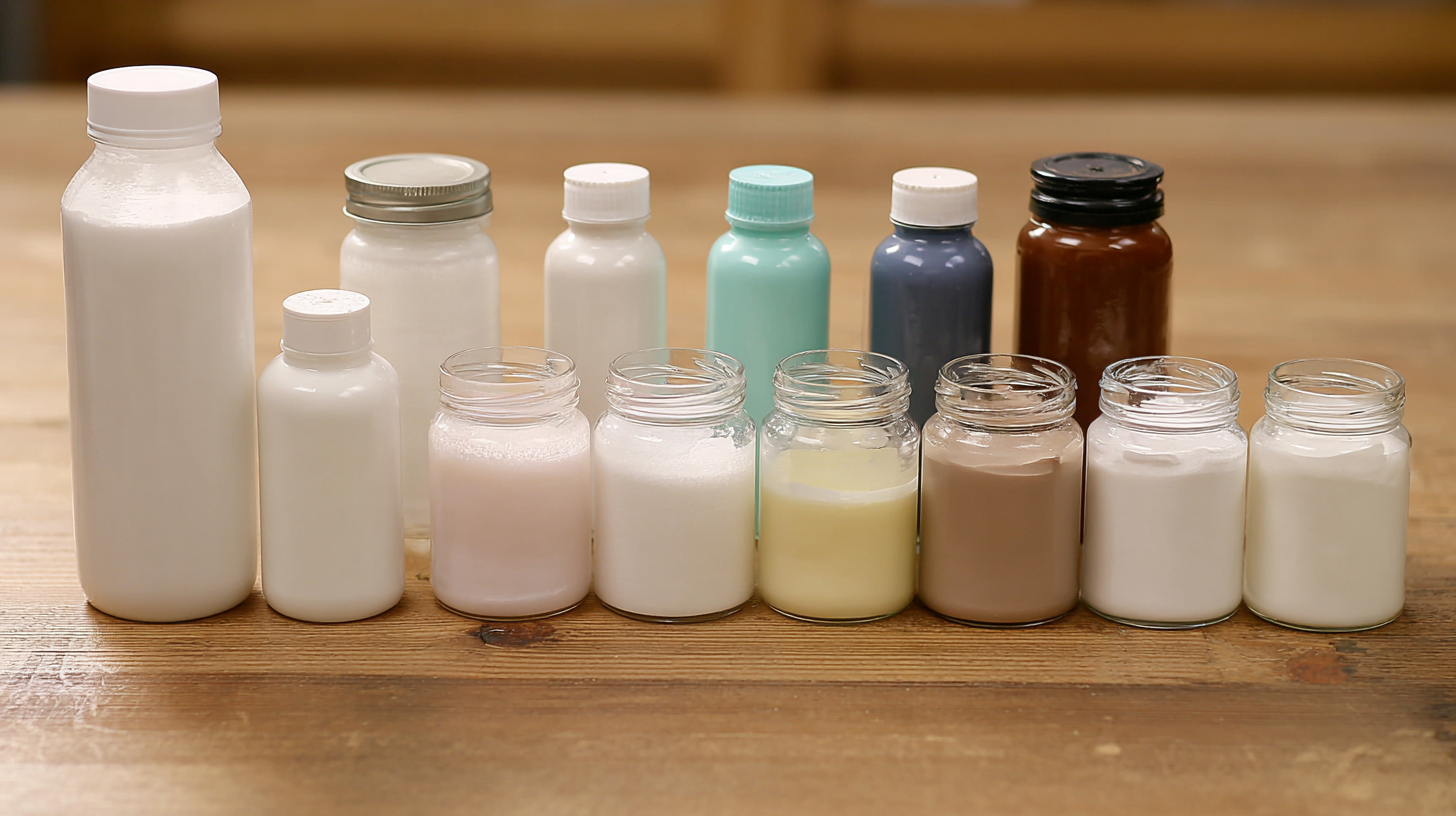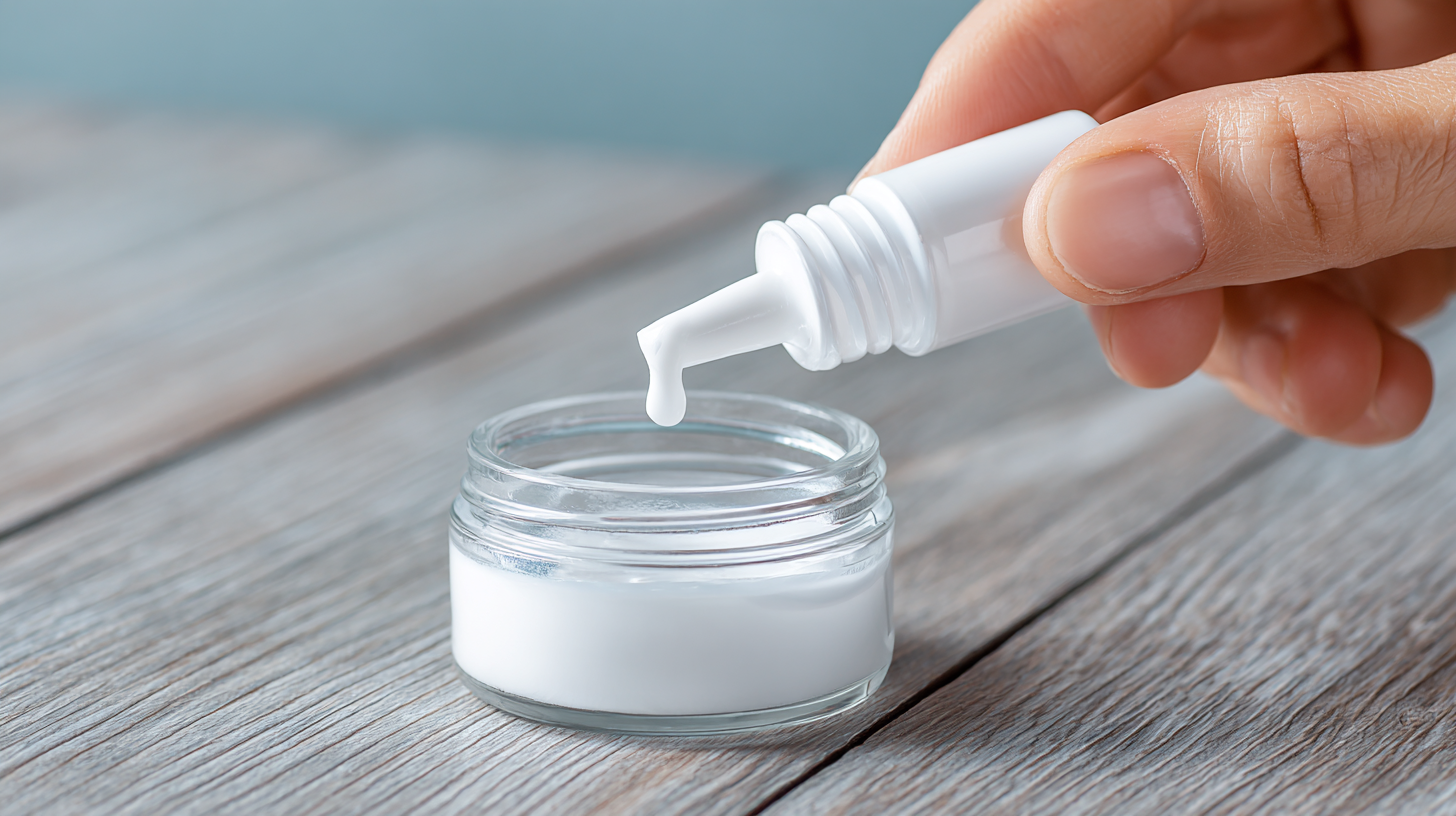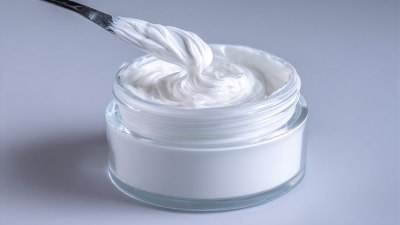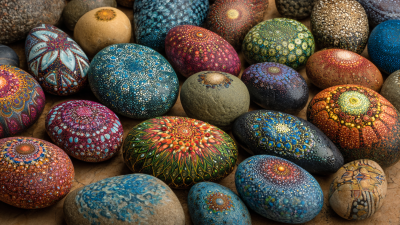When embarking on DIY projects, the choice of materials plays a crucial role in ensuring safety and effectiveness. One essential component in many crafting and home improvement tasks is glue, and the growing demand for environmentally friendly options has surrounded "Non Toxic Silicone Glue" with significant attention.

According to recent industry reports, the global adhesive market is projected to reach approximately $70 billion by 2025, with non-toxic and sustainable products gaining a substantial market share. This trend is driven by increasing consumer awareness about health implications arising from harmful chemicals often present in traditional adhesives.
As DIY enthusiasts and professionals alike prioritize safety and sustainability, understanding the characteristics and applications of non-toxic silicone glue becomes paramount. This guide aims to provide comprehensive insights into selecting the right non-toxic silicone glue to enhance your projects without compromising personal safety or environmental integrity.
When embarking on DIY projects, selecting the right adhesive is crucial, particularly when considering the safety of those involved. Non-toxic silicone glue plays a vital role in ensuring that repairs do not emit harmful chemicals, making it a preferred choice for homes, especially when working with ceramics or other materials that may come into contact with food and drink. Understanding how non-toxic silicone glue functions allows DIY enthusiasts to tackle repairs with confidence, knowing that they are utilizing a product that prioritizes health and safety.
In recent tests, various adhesives were evaluated for their effectiveness in repairing ceramics. The results highlighted not only the strength and durability of certain glues but also their safety profiles. Non-toxic silicone glue emerged as a standout option, providing robust bonding capabilities while ensuring peace of mind. By choosing such environmentally friendly products, DIYers can enhance the longevity of their treasured items while contributing to a safer home environment, where the risks associated with harmful chemicals are minimized.

When selecting non-toxic silicone glue for your DIY projects, it’s crucial to identify key features that ensure safety and effectiveness for household use. First and foremost, look for adhesives that are labeled as “100% silicone” and specifically marked as free from harmful chemicals such as phthalates, VOCs (volatile organic compounds), and solvents. These components can emit harmful fumes and pose health risks, particularly in poorly ventilated spaces. Non-toxic silicone glues often contain water-based formulations that minimize these risks, making them safer options for indoor applications.
Another important factor to consider is the adhesive's curing time and flexibility. Opt for silicone glues with fast curing properties, which allow for quicker project completion without compromising bonding strength. Additionally, flexibility is essential, especially if the project involves materials that may experience movement or expansion with temperature changes. A good non-toxic silicone adhesive should maintain its integrity and remain resilient over time, ensuring a lasting bond without the risk of brittleness or breakage. By focusing on these features, you can safely enjoy your DIY endeavors knowing you’ve chosen the right adhesive for your household needs.
When selecting non-toxic silicone glue for crafting, understanding regulatory standards is crucial to ensure safety and effectiveness in DIY projects. Regulatory bodies such as the Environmental Protection Agency (EPA) and the Consumer Product Safety Commission (CPSC) establish guidelines that manufacturers must follow to ensure their products are safe for consumer use. These regulations often focus on the presence of harmful chemicals and the potential for adverse effects when the product is used. Craft enthusiasts should look for certifications that indicate compliance with these standards, such as GREENGUARD or ASTM D-4236.

In addition to regulatory compliance, it is essential to consider the specific formulation of silicone glue. Non-toxic options are usually free of phthalates, VOCs, and other hazardous substances that can pose health risks. Reading product labels carefully can provide insight into the ingredients used. Opting for brands that transparently disclose their materials and undergo rigorous testing can enhance the safety of your crafting experience. This diligence ensures that your creative projects remain enjoyable and health-conscious, allowing for a productive environment where creativity thrives without compromising well-being.
When considering adhesive options for DIY projects, understanding the differences between non-toxic silicone glue and traditional adhesives is crucial. Non-toxic silicone glue is formulated to be safe for both users and the environment, making it an excellent choice for household projects, particularly those involving children or pets.
According to a report by the Adhesive and Sealant Council, approximately 80% of conventional adhesives contain harmful solvents that can emit volatile organic compounds (VOCs), contributing to indoor air pollution and potential health risks.
In contrast, non-toxic silicone glues are often free from these harmful chemicals, using water-based solutions that meet strict safety standards. A study from the Green Seal organization shows that non-toxic adhesives can reduce harmful emissions in the home by up to 40%, promoting a healthier indoor environment. Furthermore, silicone glue offers superior flexibility, durability, and resistance to temperature variations compared to traditional options, which often become brittle over time.
As DIY projects become increasingly popular, the choice between non-toxic alternatives and traditional adhesives indicates a growing awareness of health-conscious materials in crafting and home improvement.
When embarking on DIY projects, the choice of materials can significantly influence not only the outcome but also safety. Non-toxic silicone glue stands out as a preferred option for crafters and builders alike, as it provides a strong yet safe adhesive for various applications. Many consumers are increasingly aware of the potential health hazards associated with toxic glues, leading them to seek safer alternatives that maintain high performance. This shift not only ensures a healthier crafting environment but also encourages more sustainable practices in DIY projects.
The impact of non-toxic glue choices transcends mere safety; they also shape the final results of projects. Craftspeople often report that using non-toxic silicone glue enhances the durability and integrity of their creations, providing a reliable bond without the adverse effects of harmful chemicals. Furthermore, consumers are becoming advocates for transparency in product ingredients, which contributes to a growing market of eco-friendly adhesive options. By prioritizing non-toxic choices, DIY enthusiasts can confidently engage in their creative pursuits, knowing that their materials align with their values and ensure the long-lasting success of their projects.






